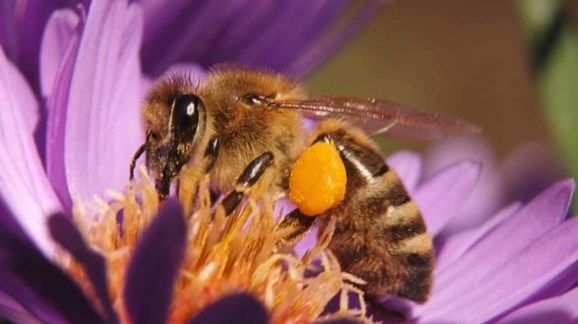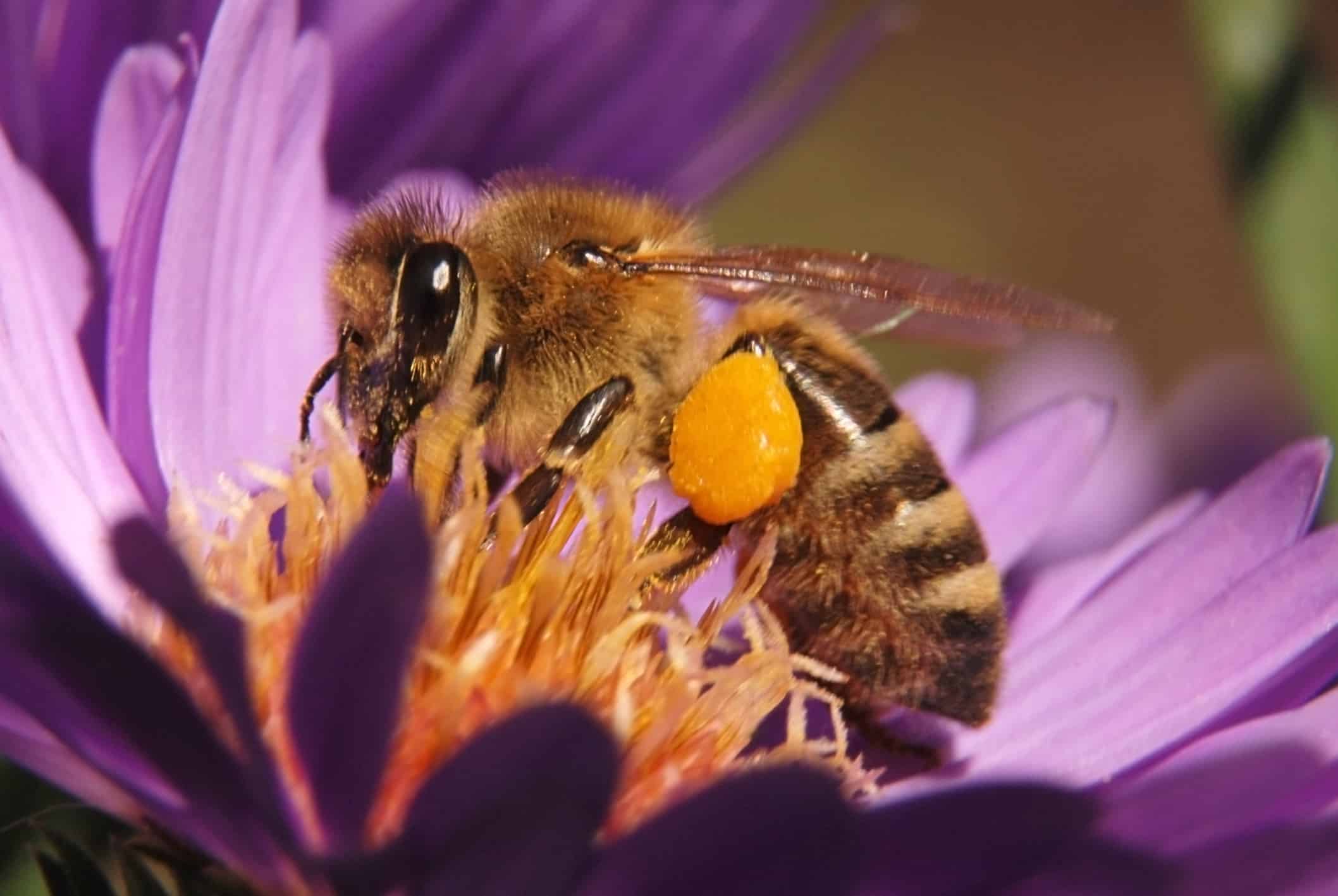Endangered Species Bee Listing Could Harm Bees, Butterflies, other Pollinators

 If you care about the survival of bees and other pollinators in the United States, you should be concerned about yesterday’s U.S. Fish and Wildlife Service announcement that has placed the rusty patched bumble bee on the U.S. Endangered Species Act (ESA) list. Although it may seem counterintuitive, the ESA listing could harm this bee and other pollinators by creating perverse incentives that actually reduce species’ habitat.
If you care about the survival of bees and other pollinators in the United States, you should be concerned about yesterday’s U.S. Fish and Wildlife Service announcement that has placed the rusty patched bumble bee on the U.S. Endangered Species Act (ESA) list. Although it may seem counterintuitive, the ESA listing could harm this bee and other pollinators by creating perverse incentives that actually reduce species’ habitat.
Once a species is listed, regulations may apply to its habitat, and the costs to farmers and other property owners can be substantial. Such costs and regulations discourage people from creating and maintaining habitat for endangered species. And in extreme cases, people will even destroy habitat to avoid potential regulations.
It’s not because anyone has ill will toward an endangered species, but the impact of listings can be so severe that it can utterly destroy land-use related businesses, from farming apples to growing trees to building homes.
CEI’s R.J. Smith explained the problem in a 2014 blog post:
The basic problem is that the vast majority of landowners are not afraid of wildlife on their land. In fact, they enjoy wildlife on their land, are willing to share their land with wildlife, and often go out of their way to make their land attractive to wildlife. But they are afraid of the Feds on their land. And, if being a good steward penalizes landowners, prevents them from using their lands, using their water, harvesting their trees or crops, making improvements to their land – they no longer have incentives to manage their land in harmony with wildlife.
The perverse incentives in the ESA, like penalizing private land stewardship, produce the unintended consequence that landowners are then no longer willing to manage their lands for and with wildlife. If private foresters in the Southeast let their pine trees grow for decades into grand, old growth before harvesting them — but then are prevented from harvesting those trees because they have attracted endangered woodpeckers — they start harvesting their trees on shorter and shorter rotations. Instead of taking a few or select trees, they may clear cut large swathes of very young trees and pulp them for paper, and then replant in non-native trees or other trees which the woodpeckers do not utilize.
The listing of the rusty patched bumble bee is particularly disconcerting because it could halt many private efforts underway to help pollinating insects—from honeybees to native bees to Monarch butterflies. The desire to help pollinating insects emerged during the past decade or so because commercial honeybee keepers have suffered some high annual losses of hives, the causes of which are complex. However, key factors include both disease transmission and habitat loss, and answers involve better hive management and habitat creation. You can find more details on SafeChemicalPolicy.org.
Yet thanks to the listing of this one native bee, voluntary efforts to help pollinators could shrink as the Fish and Wildlife Service imposes land-use regulations on farmers and other property owners. Even individual home owners might reconsider creating or expanding yard-based wildlife gardens for fear that they could lose the right to use their property as they see fit.
This listing may affect habitat adversely anywhere the rusty patched bee is found—and it’s a large area. According to the U.S. Fish and Wildlife Service, the rusty patched bumble bee was once common in 28 U.S. states. Now it resides in 13 states: Illinois, Indiana, Iowa, Maine, Maryland, Massachusetts, Minnesota, North Carolina, Ohio, Pennsylvania, Tennessee, Virginia, and Wisconsin. So if you own land in any of these states or any others where the bee might show up, your property rights could be affected.
For example, regulators could bar building and other activities on private land—including in residential neighborhoods—where plants provide food for the bees. And since these bees feed on common flowering weeds—including dandelions, clover, and other vegetation—commonly found in residential settings, home builders and homeowners could be affected.
Unfortunately, pitting property owners against species won’t help the bees. But listing these bumble bees really isn’t about helping wildlife, it’s about the left’s agent to expand the federal land-use controls and limit private enterprise. And they push such rules despite adverse implications for species.
In the interest of both pollinators and landowners, the incoming Trump Administration needs to advocate and pass serious reforms to the ESA. Indeed, a federal species protection law should actually benefit species, and it will best do that by protecting private property and allowing private conservation.